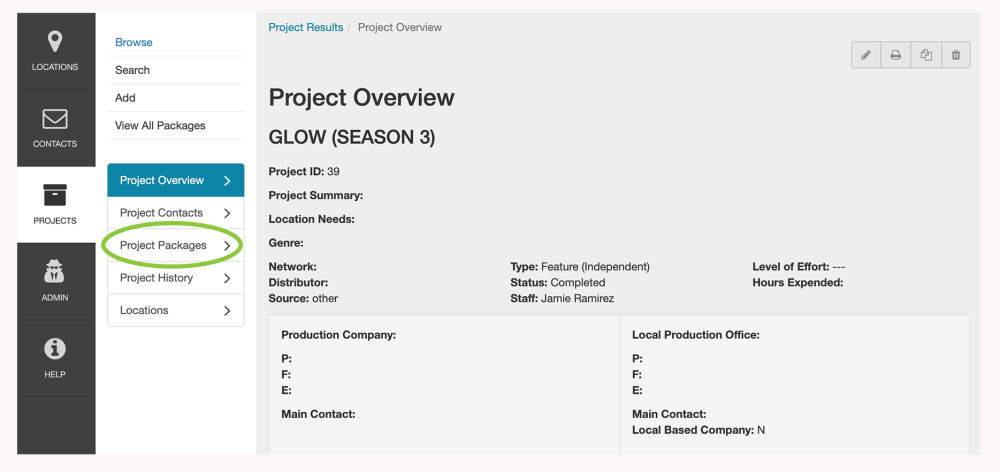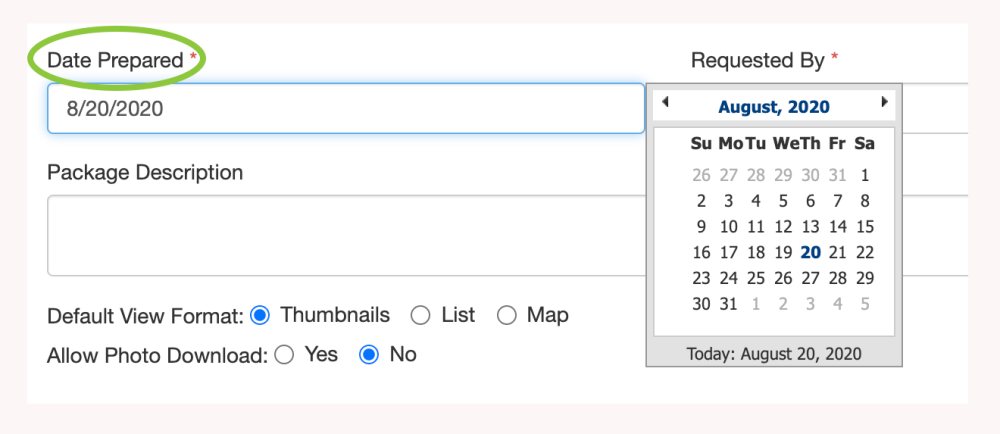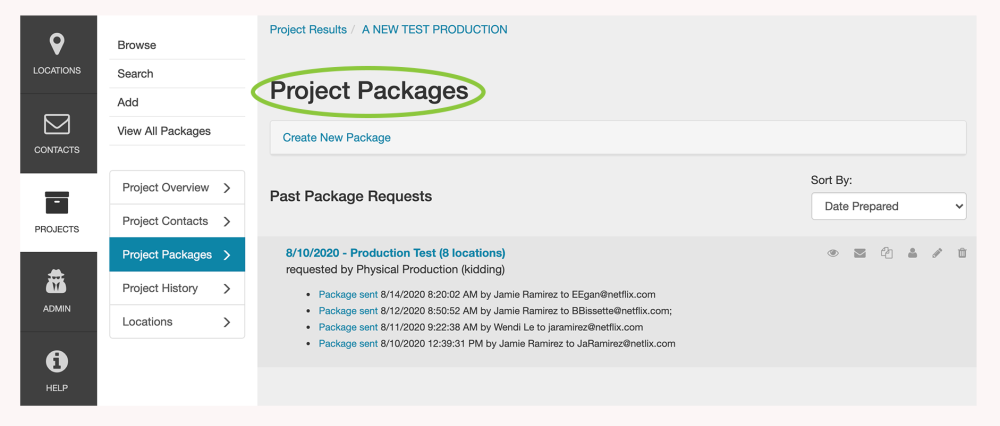- R packages are a collection of R functions, complied code and sample data. They are stored under a directory called 'library' in the R environment. By default, R installs a set of packages during installation. More packages are added later, when they are needed for some specific purpose.
- The older package version needed may not be compatible with the version of R you have installed. In this case, you will either need to downgrade R to a compatible version or update your R code to work with a newer version of the package.
- Locator is only supported on screen devices such as X11, windows and quartz.On other devices the call will do nothing. Unless the process is terminated prematurely by the user (see below) at most n positions are determined. For the usual X11 device the identification process is terminated by pressing any mouse button other than the first. For the quartz device the process is.
This tutorial provides the basics of installing and working with packages in R.
Hi, Recently I had difficulty in downloading packages in RStudio, so I followed advice on this forum to do it through R itself and that worked. But when I downloaded devtools this is what I got, and I'm unable to determine exactly how to access it. I tried using setwd to the path specified immediately below, but that didn't work. I am working through Windows 10, and I just installed the.
Learning Objectives

After completing this tutorial, you will be able to:
- Describe the basics of an R package
- Install a package in R
- Call (use) an installed R package
- Update a package in R
- View the packages installed on your computer
Things You'll Need To Complete This Tutorial
You will need the most current version of R and, preferably, RStudio loadedon your computer to complete this tutorial.

Set Working Directory: This lesson assumes that you have set your working directory to the location of the downloaded and unzipped data subsets.
R Script & Challenge Code: NEON data lessons often contain challenges that reinforce learned skills. If available, the code for challenge solutions is found in thedownloadable R script of the entire lesson, available in the footer of each lesson page.
Additional Resources

- More on packages from Quick-R.
- Article on R-bloggers about installing packages in R.
About Packages in R
Packages are collections of R functions, data, and compiled code in a well-defined format. When you install a package it gives you access to a set of commands that are not available in the base R set of functions. The directorywhere packages are stored is called the library. R comes with a standard set of packages. Others are available for download and installation. Once installed, they have to be loaded into the session to be used.
Installing Packages in R
To install a package you have to know where to get the package. 10 times slots for free download. Most establishedpackages are available from 'CRAN' or the ComprehensiveR Archive Network.
Packages download from specific CRAN 'mirrors' where the packages are saved (assuming that a binary, or set of installation files, is available for your operating system). If you have not set a preferred CRAN mirror in your options(), then a menu will pop up asking you to choose a location from which you'd like to install your packages.
To install any package from CRAN, you use install.packages(). You only need to install packages the first time you use R (or after updating to a new version).
R Tip: You can just type this into the command line of R to install each package. Once a package is installed, you don't have to install it again while using the version of R!
Use a Package
Once a package is installed (basically the functions are downloaded to your computer), you need to 'call' the package into the current session of R. This is essentially like saying, 'Hey R, I will be using these functions now, please have them ready to go'. You have to do this ever time you start a new R session,so this should be at the top of your script.
When you want to call a package, use library(PackageNameHere). You may also see some people using require() -- while that works in most cases, it does function slightly differently and best practice is to use library().
What Packages are Installed Now?
If you want to use a package, but aren't sure if you've installed it before,you can check! In code you, can use installed.packages().
If you are using RStudio, you can also check out the Packages tab. It will listall the currently installed packages and have a check mark next to them if they are currently loaded and ready to use. You can also update and install packagesfrom this tab. While you can 'call' a package from here too by checking the boxI wouldn't recommend this as calling the package isn't in your script and you if you run the script again this could trip you up!
Updating Packages
Sometimes packages are updated by the users who created them. Updating packages can sometimes make changes to both the package and also to how your code runs. ** If you already have a lot of code using a package, be cautious about updating packages as some functionality may change or disappear.**
Otherwise, go ahead and update old packages so things are up to date.
In code you, can use old.packages() to check to see what packages are out of date.
update.packages() will update all packages in the known libraries interactively. This can take a while if you haven't done it recently! To update everything without any user intervention, use the ask = FALSE argument.
Change Where R Installs Packages
If you only want to update a single package, the best way to do it is usinginstall.packages() again.
In RStudio, you can also manage packages using Tools -> Install Packages.
Challenge: Installing Packages
R Change Library Path
Check to see if you can install the dplyr package or a package of interest toyou.
R Location Of Packages Usps
- Check to see if the
dplyrpackage is installed on your computer. - If it is not installed, install the 'dplyr' package in R.
- If installed, is it up to date?

Hi, Recently I had difficulty in downloading packages in RStudio, so I followed advice on this forum to do it through R itself and that worked. But when I downloaded devtools this is what I got, and I'm unable to determine exactly how to access it. I tried using setwd to the path specified immediately below, but that didn't work. I am working through Windows 10, and I just installed the.
Learning Objectives
After completing this tutorial, you will be able to:
- Describe the basics of an R package
- Install a package in R
- Call (use) an installed R package
- Update a package in R
- View the packages installed on your computer
Things You'll Need To Complete This Tutorial
You will need the most current version of R and, preferably, RStudio loadedon your computer to complete this tutorial.
Set Working Directory: This lesson assumes that you have set your working directory to the location of the downloaded and unzipped data subsets.
R Script & Challenge Code: NEON data lessons often contain challenges that reinforce learned skills. If available, the code for challenge solutions is found in thedownloadable R script of the entire lesson, available in the footer of each lesson page.
Additional Resources
- More on packages from Quick-R.
- Article on R-bloggers about installing packages in R.
About Packages in R
Packages are collections of R functions, data, and compiled code in a well-defined format. When you install a package it gives you access to a set of commands that are not available in the base R set of functions. The directorywhere packages are stored is called the library. R comes with a standard set of packages. Others are available for download and installation. Once installed, they have to be loaded into the session to be used.
Installing Packages in R
To install a package you have to know where to get the package. 10 times slots for free download. Most establishedpackages are available from 'CRAN' or the ComprehensiveR Archive Network.
Packages download from specific CRAN 'mirrors' where the packages are saved (assuming that a binary, or set of installation files, is available for your operating system). If you have not set a preferred CRAN mirror in your options(), then a menu will pop up asking you to choose a location from which you'd like to install your packages.
To install any package from CRAN, you use install.packages(). You only need to install packages the first time you use R (or after updating to a new version).
R Tip: You can just type this into the command line of R to install each package. Once a package is installed, you don't have to install it again while using the version of R!
Use a Package
Once a package is installed (basically the functions are downloaded to your computer), you need to 'call' the package into the current session of R. This is essentially like saying, 'Hey R, I will be using these functions now, please have them ready to go'. You have to do this ever time you start a new R session,so this should be at the top of your script.
When you want to call a package, use library(PackageNameHere). You may also see some people using require() -- while that works in most cases, it does function slightly differently and best practice is to use library().
What Packages are Installed Now?
If you want to use a package, but aren't sure if you've installed it before,you can check! In code you, can use installed.packages().
If you are using RStudio, you can also check out the Packages tab. It will listall the currently installed packages and have a check mark next to them if they are currently loaded and ready to use. You can also update and install packagesfrom this tab. While you can 'call' a package from here too by checking the boxI wouldn't recommend this as calling the package isn't in your script and you if you run the script again this could trip you up!
Updating Packages
Sometimes packages are updated by the users who created them. Updating packages can sometimes make changes to both the package and also to how your code runs. ** If you already have a lot of code using a package, be cautious about updating packages as some functionality may change or disappear.**
Otherwise, go ahead and update old packages so things are up to date.
In code you, can use old.packages() to check to see what packages are out of date.
update.packages() will update all packages in the known libraries interactively. This can take a while if you haven't done it recently! To update everything without any user intervention, use the ask = FALSE argument.
Change Where R Installs Packages
If you only want to update a single package, the best way to do it is usinginstall.packages() again.
In RStudio, you can also manage packages using Tools -> Install Packages.
Challenge: Installing Packages
R Change Library Path
Check to see if you can install the dplyr package or a package of interest toyou.
R Location Of Packages Usps
- Check to see if the
dplyrpackage is installed on your computer. - If it is not installed, install the 'dplyr' package in R.
- If installed, is it up to date?

